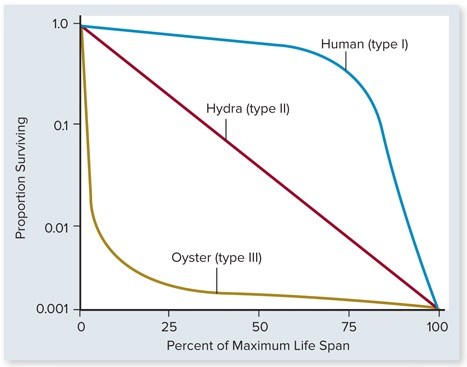The colinearity rule describes
A. the spatial arrangement of homeotic genes along the chromosome.
B. the timing of expression of homeotic genes.
C. the long stretches of DNA between homeotic gene complexes.
D. the parallel arrangement of homeotic genes between different chromosomes.
E. the spatial arrangement of alpha helices in proteins encoded by homeotic genes.
A. the spatial arrangement of homeotic genes along the chromosome.
You might also like to view...
The vertebrate fish group that most likely gave rise to the tetrapods are the:
a. ray-finned fishes b. cartilaginous fishes c. hagfishes d. lampreys e. lobe-finned fishes
Which event could result in an inversion?
A) A 360° rotation of a chromosomal region following two double-strand breaks in a chromosome's DNA. B) A crossover between two DNA sequences in different places on the same chromosome and that are inverted repeats of each other. C) A crossover between two repeated DNA sequences that are in different places on the same chromosome and are oriented in the same direction. D) A crossover between two repetitive sequences on different chromosomes.
The motile feeding stage of a protozoan is called
a. an apicomplexan. b. a gametocyte. c. a cyst. d. a trophozoite.
 What often describes organisms with a Type III life history?
What often describes organisms with a Type III life history?
A. subject to low predation rates B. at their carrying capacity C. K-selected D. idiopathic E. r-selected